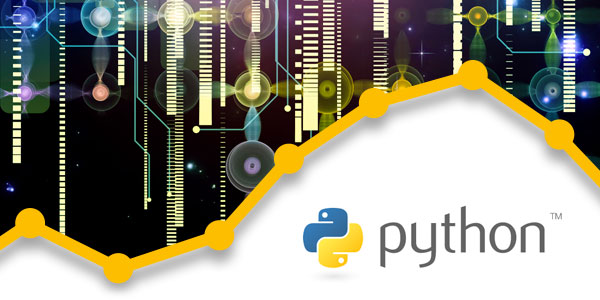Python, a programming language created by Guido Van Rossum in the late 1980s, has seen tremendous development in recent years due to its ease of use, rich libraries, and attractive syntax.
How did ‘Python’ become the name of a programming language?
Well, while watching a comedy series named “Monty Python’s Flying Circus,” the founder of Python required a short, original, and slightly mysterious name and came up with “Python.” If you want to learn more about Python’s history, as well as what Python is and what it can do, start with the first chapter of the Python Handbook, which will act as your guide as you begin your IB trading Python journey.

As we move closer to a world of automation, there will always be a requirement for those who have worked with a programming language. When it comes to algorithmic trading, learning a programming language is required to make your trading algorithms smarter and faster.
True, you can outsource the coding portion of your strategy to a capable programmer, but it will be inconvenient later when you need to make changes to your strategy.
What Programming Language Should You Use?
Before we go into the essential concepts of Python and how they apply to finance, as well as how to use Python for trading, let’s look at why we should study Python in the first place.
Knowing how to write in a common programming language is the first step in becoming a professional algorithmic trader. It is tough for programmers to learn all of the programming languages due to the constant improvements in technology.
Python has recently become a popular choice for trading because it is open-source and all of its packages are available for commercial use.
Python is gaining popularity in the quant finance world. Python makes it simple to create complex statistical models because of the abundance of scientific modules available.
The following are some well-known Python libraries:
Pandas, NumPy, Matplotlib, Scikit-learn, Zipline, TA-Lib, and more Python libraries are available.
The developer community expects first updates to Python trading libraries regularly.
Python’s Advantages in Algorithmic Trading.

Let’s start with a couple of Python advantages.
Python’s parallelization and massive computational capacity give the trading portfolio scalability.
Python’s functional programming approach makes it easy to create and evaluate algo trading structures. Python programming may simply be extended to create dynamic trading algorithms.
Python may be used to create some fantastic trading platforms, whereas C or C++ is a pain to work with and takes a long time.
Python trading is an excellent choice for those who want to be early adopters of dynamic Algo trading platforms.
The Python code is simple to read and understand for those who are new to algorithmic trading.
It is much easier to add new modules to the Python language and expand its trading capabilities.
By deconstructing them into discrete modules that can be applied to multiple trading systems, the existing modules make it easier for algo traders to share functionality across different programs.
Conclusion –
These are a few details about Python traders if you want something which makes a trading algorithm for you, you can use Ibridgepay for IB trading Python. The easiest algorithm trading platform in Python.
